- Books Name
- Class-8 Science Book
- Publication
- PathSet Publications
- Course
- CBSE Class 8
- Subject
- Science
Microbes in Food Industry: -
Bacteria:
▪ Lactobacillus – converts milk to curd.
▪ Acetobacter (acetic acid bacteria) – produce acetic acid. A dilute solution of acetic acid (vinegar) is used as a preservative.
Fungi:
▪ Yeast – baking of bread and cakes.
▪ The action of yeast: It acts on sugar to release carbon dioxide. This CO₂ rises through the dough making it soft, spongy and also increasing the volume.
Microbes are used in the large-scale production of acetic acid, wine, alcohol, and cheese. Sugarcane juice, sugar beet, grains like barley, wheat, and rice contain sugar. When yeast cells act on these sugars, alcohol and carbon dioxide are produced. This is called fermentation.
Yeast + sugar → alcohol + carbon dioxide
Microbes in Medicine: -
▪ Antibiotics are made from bacteria and fungi.
▪ The first antibiotic was Penicillin discovered by Sir Alexander Fleming.
▪ Streptomycin, Tetracycline, Ampicillin and erythromycin are other commonly used antibiotics.
▪ Different bacteria and fungi produce different classes of antibiotics.
▪ Antibiotics are also beneficial to animals and plants. They may be sprayed on fields to prevent infections in plants or mixed with the food to protect livestock or poultry.
Production of Vaccine: -
▪ WBCs present in our blood produce antibodies to fight against disease-causing microbes or antigens.
▪ Each antibody can fight only a specific antigen. The specialty is that once an antibody is produced against an antigen, it can be produced instantly at the time of another invasion by the same antigen.
▪ The substance which is used to stimulate the production of antibodies and provide immunity to fight against several disease-causing agents is called VACCINE.
Some microorganisms are beneficial to us while others are harmful and cause diseases.
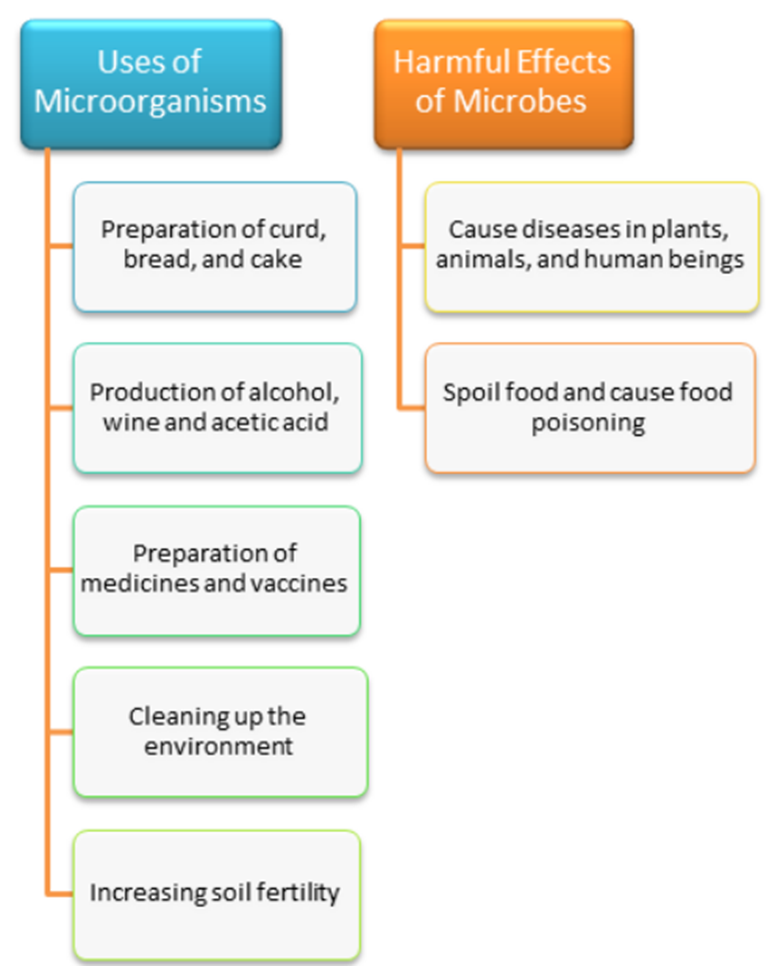
How are bacteria useful to us?
The term ‘microorganisms’ includes bacteria, fungi, viruses, and protozoa. We almost always presume they are harmful to us. So this is because we read about how they cause diseases to both plants and animals including humans. But, it is a fact that microorganisms are useful to us in many ways. Microorganisms help in the production of many food items, making medicines, keeping the environment clean, manufacturing and research. Let us learn about microorganisms and their uses.
Microorganisms and their uses
1. Production of Dairy Products:
Bacteria are the key players here. Bacteria help in fermentation which helps in making different forms of dairy products from milk like curd, buttermilk, butter, cheese. Streptococcus is the most common genus of bacteria that are used in the commercial production of this product. Learn more about Disease-Causing Microorganisms here in detail.
2. Bread Baking:
A species of Streptococcus is added to the dough before making bread to bring about the required fermentation.
3. Alcoholic Drinks:
Alcoholic drinks are prepared or manufactured by the process of fermentation. Each drink is derived from a different starting product such as potato and grapes. Then it is fermented, distilled and alcohol is prepared. The commonly used microorganism here is different types of fungus-like yeast. Some even use bacteria and fungus. Alcoholic drinks include wine, rum, vodka etc.
4. Organic acids:
Organic acids are commercially prepared using fungi. Acetobacter, Rhizopus, Penicillium are a few fungi that are used to ferment substrates such as fruits and sugar-containing syrups. Examples of acids that are derived and manufactured on a large scale using fungi are acetic acid, citric acid, gluconic acid, fumaric acid and lactic acid.
5. Enzymes:
Many microbes are used in the derivation of enzymes such as lipase, lactase, protease, peptidase to name a few.
6. Steroid production:
Some bacterial and fungal species are used in the preparation of steroids that are then injected into the human body for different purposes.
7. Help in sewage treatment:
Not only are microorganisms helpful to our body, but they are also helpful to the environment. They help in the secondary treatment stage of sewage treatment.
8. Used as insecticides:
Certain bacterial and fungal species are used to keep certain insects and pests away from crops.
9. Fertility of soil:
Microorganisms play a very important role in maintaining the fertility of the soil. They help in the composting process which forms manure. Also, microorganisms present in the soil help aerate it and enrich the soil with nitrates and other nutrients. These nutrients are needed by the crops for an abundant harvest.
10. Production of vitamins:
An essential vitamin that people need for proper digestion is Vitamin B 12. Fungi are responsible for manufacturing B12.
11. Production of antibiotics and antivirals:
Bacteria and viruses are isolated and their antigens and enzymes are extracted. These antigens help in the development of antibiotics and antivirals.
12. Biotechnology and Research:
So many labs use bacteria, fungi and especially viruses for research studies. Non-virulent forms of these microorganisms are injected into subjects going through clinical trials. This in the future helps in the development of medicines, vaccinations and cures for diseases. And DNA and RNA studies also make use of them. It is important for us to know about microorganisms and their uses as they are both beneficial as well as harmful to other life forms. They play a crucial role in the ecosystem. Maintaining a balance between the ‘good’ and ‘bad’ microorganisms is the key to coexisting with them.
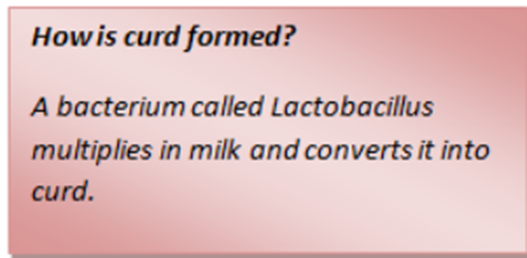
Bacteria are helpful because:
- It decomposes organic wastes (such as vegetable peels, animal remains, feces etc.).
- It is used in the preparation of medicines.
- It increases soil fertility by fixing nitrogen.
- It is used in the setting of curd and making cheese, pickles, and other food items.
How is yeast useful to us?
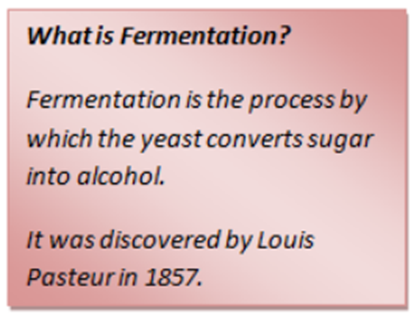
Yeast is used in the baking industry (to make bread, pastries, and cakes) because it helps in fermentation. It reproduces rapidly and produces carbon dioxide during respiration. Bubbles of the carbon-dioxide gas it produces fill the spaces in the dough and increase its volume.
It is also used in the commercial production of alcohol and wine which is done by growing yeast on natural sugars present in fruit juices and grains like rice, wheat, and barley.
Antibiotics
What are Antibiotics? What are their uses?
Antibiotics are medicines that can kill or stop the growth of disease-causing microorganisms.
For Example, Penicillin.

Antibiotics are used to:
- Cure a variety of diseases (such as streptomycin, erythromycin, and tetracycline that are made from bacteria and fungi),
- Cure microbial infection in animals (by mixing antibiotics with the feed of livestock and poultry), and
- Control several plant diseases.
What precautions should be followed while taking antibiotics and why?
Antibiotics should be taken only on the advice of the doctor, and one must complete the course the doctor prescribes. Antibiotics taken in wrong doses may make the body resistant to the drug and it may not be effective in the future. Moreover, antibiotics may also kill the beneficial bacteria in the body.
Please Note: Antibiotics cannot cure colds and flu caused by viruses.
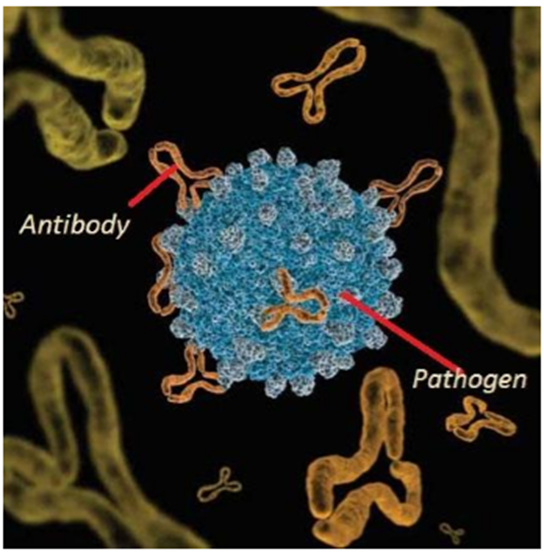
Some Definitions to Remember:
Pathogens: Disease-causing microbes are called Pathogens.
Antibodies: Antibodies are substances our body produces to fight disease-causing microbes.
Vaccines: Vaccines are weakened or dead disease-causing microbes that are injected into our body to trigger the production of antibodies. These antibodies remain in the body for a long time to protect it against any attack of disease-causing microbes.
Vaccination: The process of protecting the body from pathogens with the help of vaccines is called Vaccination.
Name some of the diseases which can be prevented by vaccines
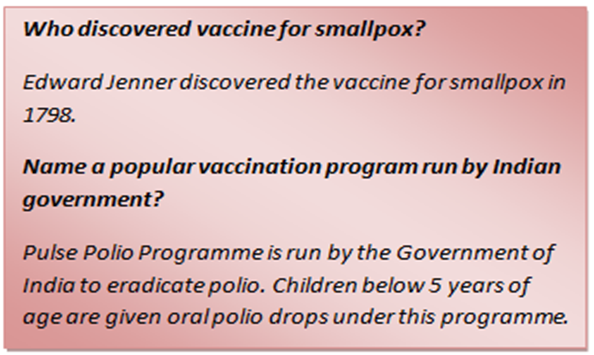
Some of the diseases that can be prevented by vaccination are:
- Cholera,
- Hepatitis,
- Smallpox, and
- Tuberculosis.
One can get necessary vaccines from nearby hospitals.
How do microbes clean up the environment?
Microbes or microorganisms decompose organic waste and dead remains of plants and animals and convert them into simpler substances (which can again be used by other plants and animals) by the process of biodegradation. Thus, they help us in getting rid of harmful and smelly substances and clean up the environment.

 PathSet Publications
PathSet Publications
